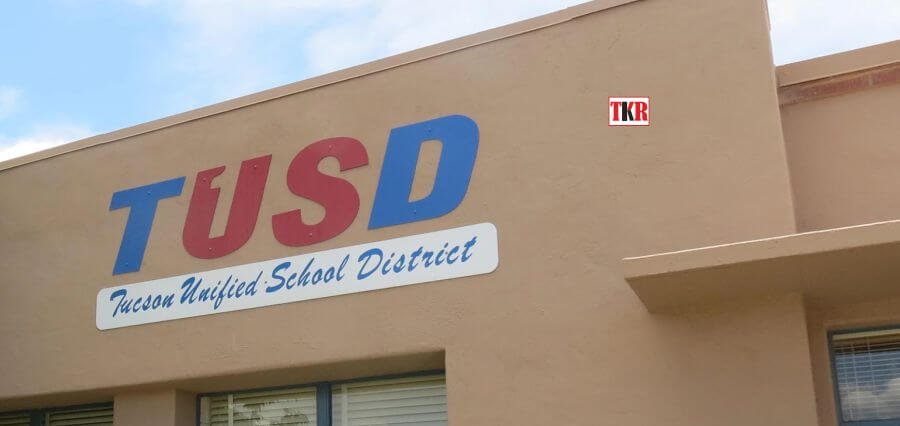BLS, or Basic Life Support, Certification is a professional credential acquired by individuals who have undergone specific training encompassing essential lifesaving skills. These skills include performing CPR, using an automated external defibrillator (AED), clearing airway obstructions, and handling other fundamental emergency situations.
The importance of BLS Certification is immense. It equips individuals with the necessary knowledge and skills to respond effectively in cases of cardiac, breathing, and other life-threatening emergencies. By promptly performing BLS procedures, trained individuals can significantly improve the survival chances of victims prior to the arrival of professional medical help. This Certification, therefore, plays a crucial role in the chain of survival, particularly in incidents where every second counts.
Who Needs BLS Certification?
BLS Certification isn’t only for healthcare professionals. In fact, there are various individuals who can greatly benefit from this training due to their profession or the situations they may encounter. The following are some examples of those who require BLS Certification:
- Healthcare Professionals: This includes doctors, nurses, paramedics, medical technicians, and other healthcare providers. These individuals are often the first to respond to emergency situations and thus need to be proficient in BLS techniques.
- Firefighters and Police Officers: These first responders are frequently on the scene of emergencies before medical professionals arrive. BLS training can help them to stabilize victims until further help comes.
- Lifeguards: Lifeguards monitor swimming areas where drowning incidents could occur. BLS certification provides them with the skills to perform CPR and use AEDs, which can be lifesaving in these circumstances.
- Teachers and Coaches: In schools and sports environments, teachers and coaches are usually present when accidents happen. Their BLS skills can prove invaluable during such emergencies.
- Childcare Workers: Those who work with children, an age group particularly susceptible to choking, could greatly benefit from BLS training.
- Family Members of At-Risk Individuals: If you have an at-risk individual at home, such as someone with heart disease or a serious allergy, being BLS certified can mean you’re equipped to provide immediate help during an emergency.
BLS Certification is a valuable asset for a wide range of people, not just those in the medical field. The skills obtained from BLS training can make a real difference in emergency situations, potentially saving lives. It’s a training that’s well worth considering, regardless of your profession.
BLS Certification Courses
BLS (Basic Life Support) certification courses are designed to provide individuals with the knowledge and skills needed to respond effectively to life-threatening emergencies, particularly cardiac arrest and choking incidents. These courses are typically offered by organizations like the American Heart Association (AHA) and the American Red Cross, among others. BLS certification is often required for healthcare professionals, including doctors, nurses, paramedics, and EMTs, but it can also be beneficial for anyone interested in being prepared to respond to emergencies. Here are some key aspects of BLS certification courses.
Course Content
The course content of BLS Certification typically comprises both theoretical and practical components to ensure comprehensive training.
Theoretical Instruction: This part covers the understanding of the basic steps to be taken during a medical emergency. It includes instruction on:
- Recognizing signs of cardiac arrest, choking, and other sudden health situations.
- Understanding the Chain of Survival.
- Knowledge about the role of BLS and the importance of early CPR and defibrillation.
Practical Training: This hands-on portion of the course allows participants to practice skills such as:
- Performing high-quality chest compressions for adults, children, and infants.
- Delivering appropriate ventilations.
- Using an Automated External Defibrillator (AED).
- Clearing airway obstructions (choking) in responsive and unresponsive patients.
Testing: On completion of the course, participants have to pass a skills test and a written exam to demonstrate their competency in applying BLS techniques.
Upon successfully passing the test, participants receive their BLS certification, valid for two years. To maintain certification, participants must undergo re-certification training and pass the exam every two years.
Hands-on Training
The hands-on or practical component of BLS Certification is delivered through a combination of instructor-led demonstrations and participant practice. This format allows learners to put theory into action under the supervision of an experienced professional. Training typically includes:
- Chest Compressions: Participants are taught how to perform effective chest compressions on adults, children, and infants. The correct technique, compression depth, and rate are emphasized to ensure high-quality CPR.
- Ventilations: Trainees learn to give rescue breaths using mouth-to-mouth resuscitation and bag-mask devices. They are guided on how to check for normal and abnormal breathing and how to maintain an open airway during ventilation.
- AED Demonstration and Practice: The correct use of an Automated External Defibrillator (AED) is demonstrated, and participants get hands-on experience using a training AED. Participants learn how to read and follow AED instructions, apply AED pads, and deliver a shock if needed.
- Choking Relief: Participants are trained to provide immediate relief in choking scenarios. Techniques such as back blows and abdominal thrusts for conscious victims and chest compressions for unconscious victims are practiced.
The hands-on training is invaluable, providing the realistic practice needed to perform under pressure in real-world scenarios. Participants are empowered to critique and improve their techniques, ensuring preparedness when faced with an actual emergency situation.
BLS Certification Levels
There are different levels of BLS certification, each designed to accommodate the varying needs and backgrounds of individuals seeking training. Here’s a more detailed look at these levels:
- Heartsaver Course: This level is ideal for the general public, including teachers, coaches, and parents, who want to acquire basic lifesaving skills but aren’t healthcare professionals. The focus is on CPR, AED use, and dealing with choking incidents.
- Basic BLS Provider Course: This is the standard BLS certification for healthcare professionals such as nurses, paramedics, and doctors. It covers all elements from the Heartsaver course with additional training in team dynamics and high-performance team skills in a wider range of emergencies.
- BLS Instructor Course: This level is for individuals who wish to become certified to teach BLS courses themselves. It includes comprehensive training in course organization, teaching strategies, and assessment techniques.
Each level of certification comes with its own course duration, content, and examination requirements. Upon successful completion of the course and exam, individuals receive a certification card indicating the level of BLS training completed. This certification is valid for two years, after which re-certification is required.









